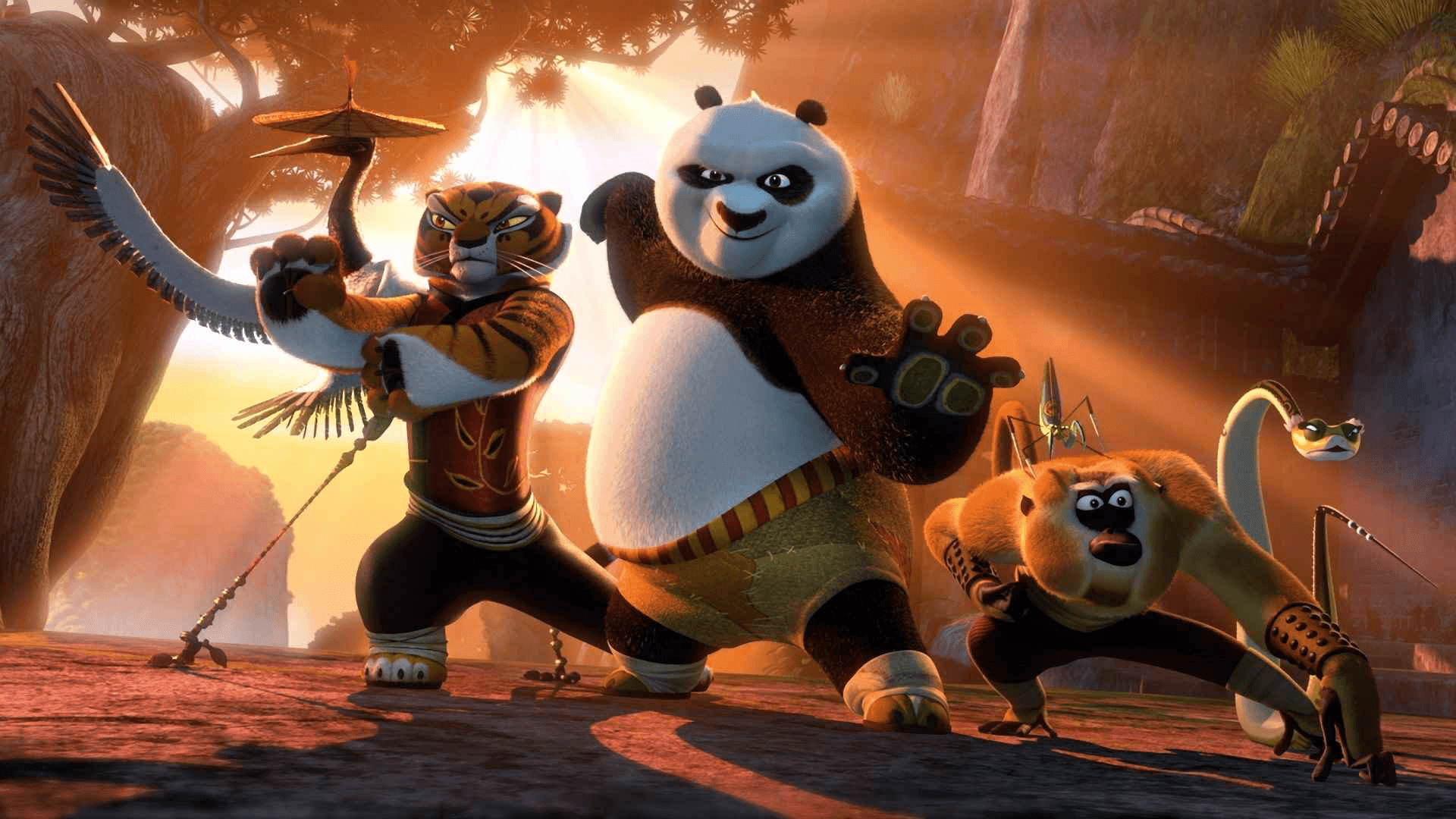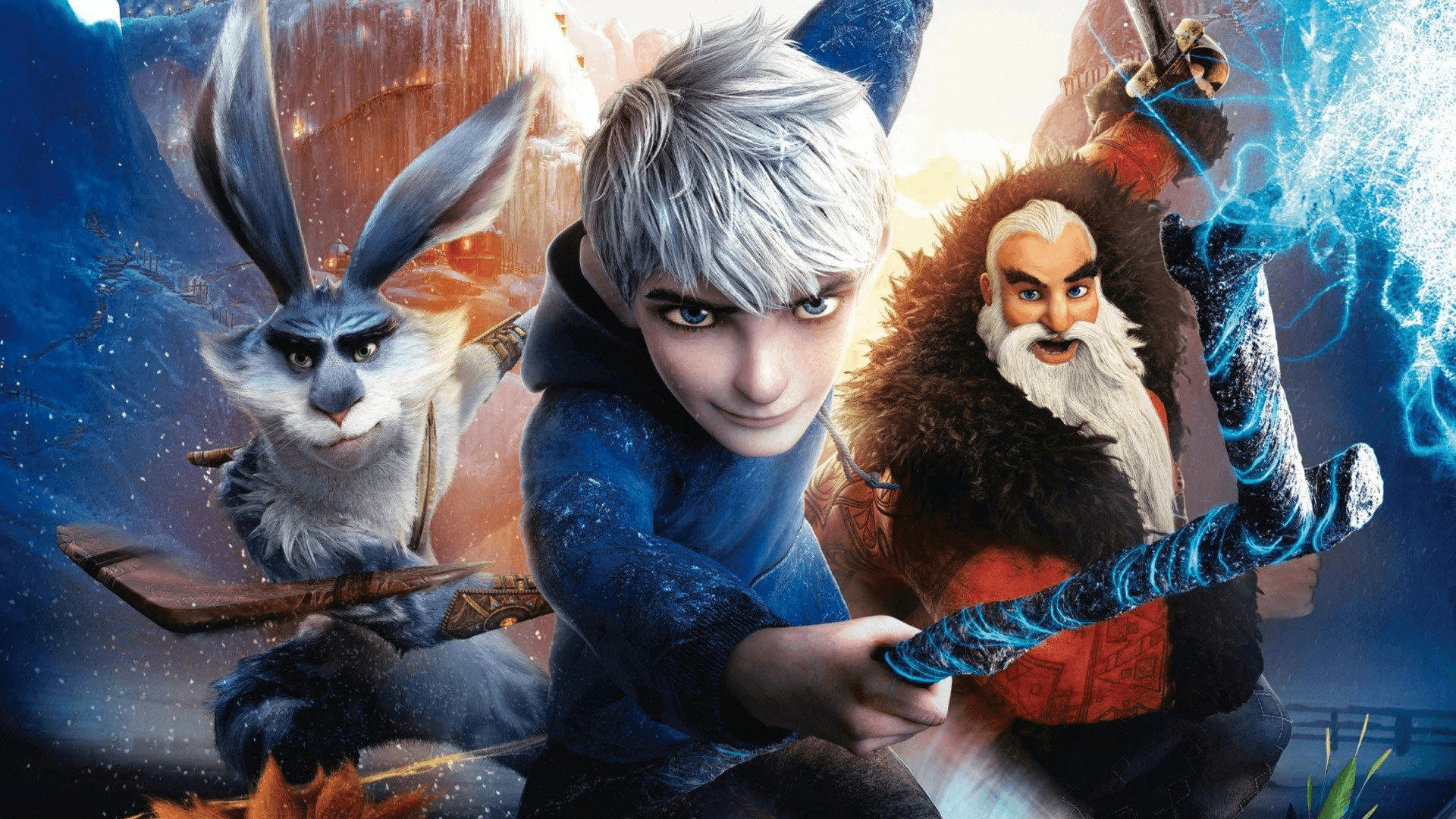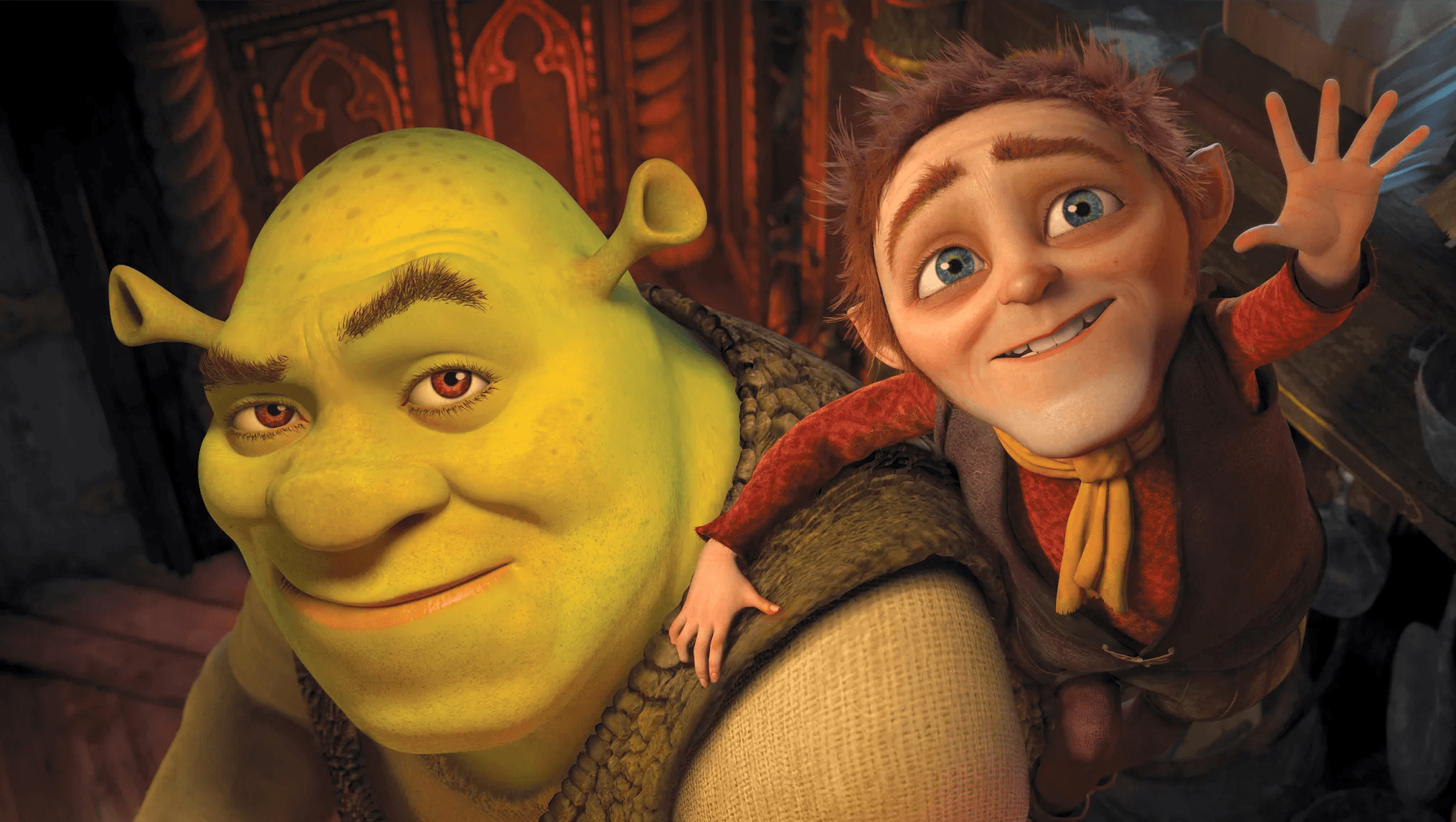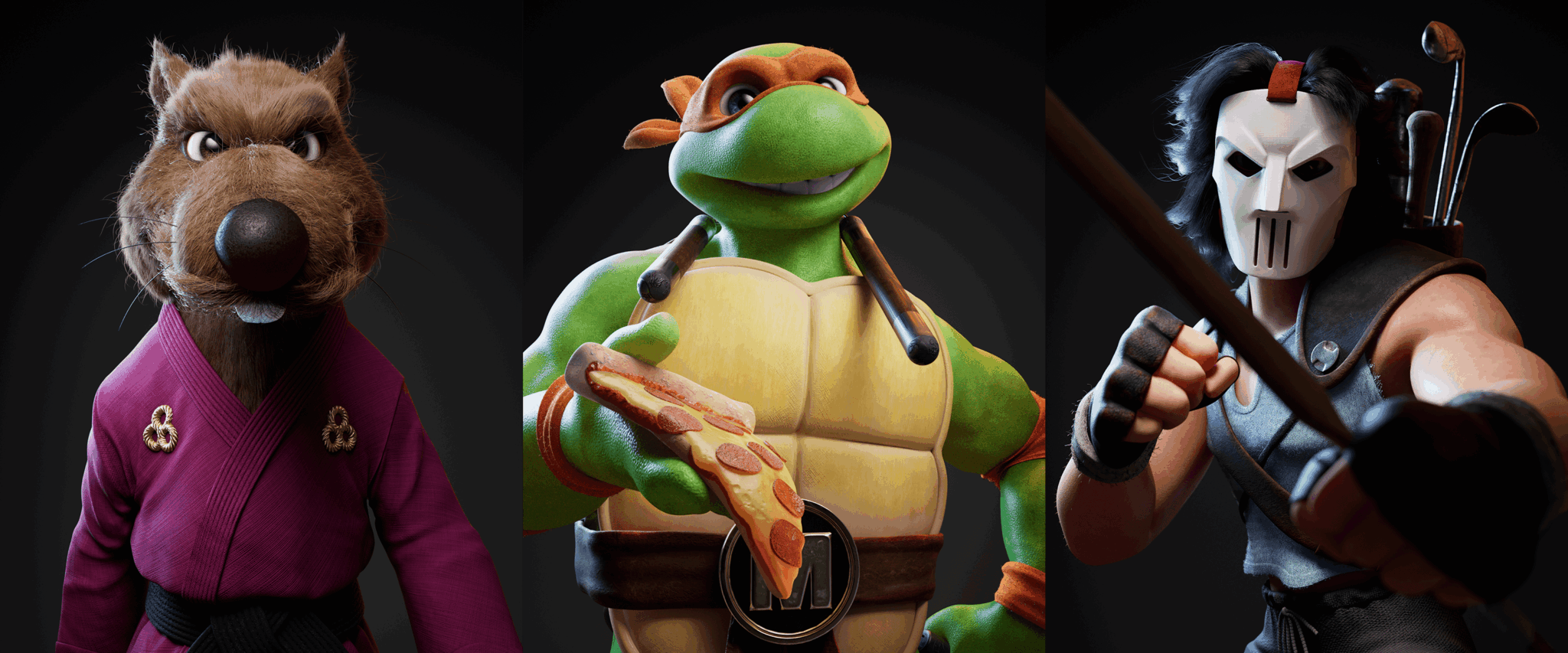We were lucky to catch up with Ricky Baba recently and have shared our conversation below.
Ricky, appreciate you joining us today. Can you talk to us about how you learned to do what you do?
I learned from books, forums and YouTube tutorials. Combine that with discipline, trial and error, and experimenting with different styles and techniques over many years. Consistency and persistence are key. Having a strong foundation in art fundamentals like color theory, composition, and anatomy helped me learn the tools faster.
To speed up my learning process I’ve developed the skill of intentionality. What I mean by that is making every creative session count. The urge to create art often overwhelms artists with too many things we want to do, with multiple paths to accomplish them – but not all are equally important, making prioritization difficult. This can scatter our efforts. Kaizen, a Japanese philosophy of continuous improvement, offers a solution by applying the Pareto Principle, which states that 80% of outcomes come from 20% of actions. By focusing on the few tasks that matter most, we can improve discipline and efficiency which leads to faster learning.
The most important skills to learn my craft have been self-discipline, time management and knowing what I want to accomplish. It sounds strange to say that though. Being creative and artistic implies a freedom of expression that’s not bound by things like time constraints, deadlines and knowing what one wants the final output to be. However, when you have a busy life, having a clear vision of your creative goals can make every minute count.
In terms of obstacles, definitely lack of time and energy. I work on my personal art at night. Sometimes my creative battery is empty by the end of the day and I just don’t have the energy to produce anything. I’ve learned to take rests and listen to my mind and body.

Ricky, before we move on to more of these sorts of questions, can you take some time to bring our readers up to speed on you and what you do?
I’m Ricky Baba, an Artist with a passion for reimagining nostalgic characters. I’ve worked at top creative companies like Instagram, Meta and Dreamworks Animation. My art combines retro vibes with modern twists, making nostalgia fresh again.My art allows people to view familiar characters through a new lens.
I studied classic hand-drawn animation in college. By the time I graduated, I had a decent enough portfolio of clay sculptures and drawings to get work as a maquette sculptor and concept artist at a couple of local animation studios in Toronto, Canada. So really, what I went to school for, was what I ended up doing professionally. From there, I self studied 3D animation tools (Autodesk Maya) and landed a job as an artist at DreamWorks Animation. I continued to self study emerging trends and tools which allowed me to shift into the mobile gaming and AR/VR industries. I eventually was offered a role as an Art Director at Instagram. I’m currently an Art Director at Meta Reality Labs.

We’d love to hear a story of resilience from your journey.
While I was working in Toronto after graduating from college, I started applying for jobs in the US. I was targeting the major studios that were making blockbuster films. I sent my portfolio to DreamWorks, Disney, Sony, ILM and every other studio that I could think of. I was rejected by all of them but one…well sort of.
I got a call back from a VFX studio called Rhythm & Hues. I’ll never forget that call. The supervisor said that they wanted me to work on the new Superman film. He asked how quickly I could start. I told him I’d need some time to quit my job and relocate to the US from Canada. He was confused, he thought I was American and a local artist in LA. He said that they don’t have time to get me a work visa. I was crushed and also confused. It was the first I had heard of a ‘work visa’. I guess I never thought about the legalities of immigration and working in other countries. On the bright side, I felt like I was at least good enough to get that call. That was 1 year out of college and probably only 2-3 months into learning 3D animation software. I figured that I had no experience, but just enough skill to catch the attention of a major studio.
I kept learning and applied to studios again after 6 more months. Again, I had very little experience and crude knowledge of 3D animation. DreamWorks rejected me again but the recruiter at the time, Kim Mackey, was kind enough to give me some valuable advice: She said that I was good, but I didn’t have enough experience and I didn’t have a degree. I interpreted her words as I wasn’t good enough and couldn’t even work in the US even if I was. She said that in order to be eligible for a US work visa, I would need a minimum of 3 years of relevant work experience in addition to my short college education to make up for the lack of a degree. Kim told me to keep in touch and reach out once I had 3 years of work experience, an updated portfolio and a movie credit to my name. Fast forward to my third year of working in animation in Toronto: I reached out to Kim Mackey with a new portfolio and a movie credit. DreamWorks Animation interviewed me and offered me a job as an artist at their studio in Glendale, CA.

What do you find most rewarding about being a creative?
There was a time when I felt conflicted between pursuing math and sciences or art for my education after highschool. I was also caught up in the routine of day-to-day life, without a clear sense of purpose.
I came across the idea of ikigai – the Japanese concept of finding one’s reason for being. I began thinking more about what made me feel fulfilled. I remembered how much I used to love art as a kid. Back then, I would spend hours sketching or painting, losing myself in the process. But as life and academics got busier, art faded into the background.
I used to doodle in the margins of my notes during classes in elementary and highschool. Each time I sketched, I felt a spark, a kind of energy I craved. It wasn’t just the act of creating; it was the sense of freedom, the way art allowed me to express things that words couldn’t capture. I found a way to communicate in a non-verbal way.
Fast forward to today, where I share my personal art on my social media accounts. As I have continued to share my art with others, I realize that it resonates with people. They connect to the visuals and feelings behind my work. Art became a bridge – helping me connect with others in a more profound way than I ever expected. People ask me for advice on how to tap into their own creativity, and that’s leading me to explore how I could help others too.
It dawned on me that my ikigai was here – at the intersection of creativity, connection, and helping others find their own voice. Art has become more than a hobby and profession; it is a way to inspire others, to rekindle their love for the good ol’ days, while also nourishing my own sense of purpose.
I had found my ikigai through art – where my passion for creating, my ability to communicate ideas, and my desire to help others all came together.
Contact Info:
- Website: https://rickybaba.com
- Instagram: https://instagram.com/rickybaba
- Linkedin: https://www.linkedin.com/in/rickybaba/
- Twitter: https://x.com/rickybabatweets
- Youtube: https://www.youtube.com/@rickybaba

Image Credits
Kung Fu Panda, Rise of the Guardians and Shrek are property of DreamWorks Animation.
The TMNT fan art is mine.


